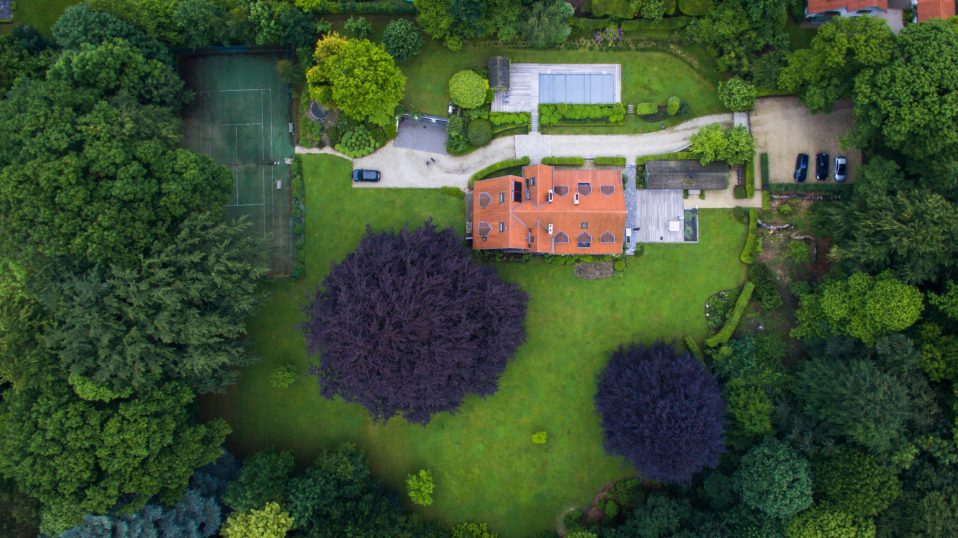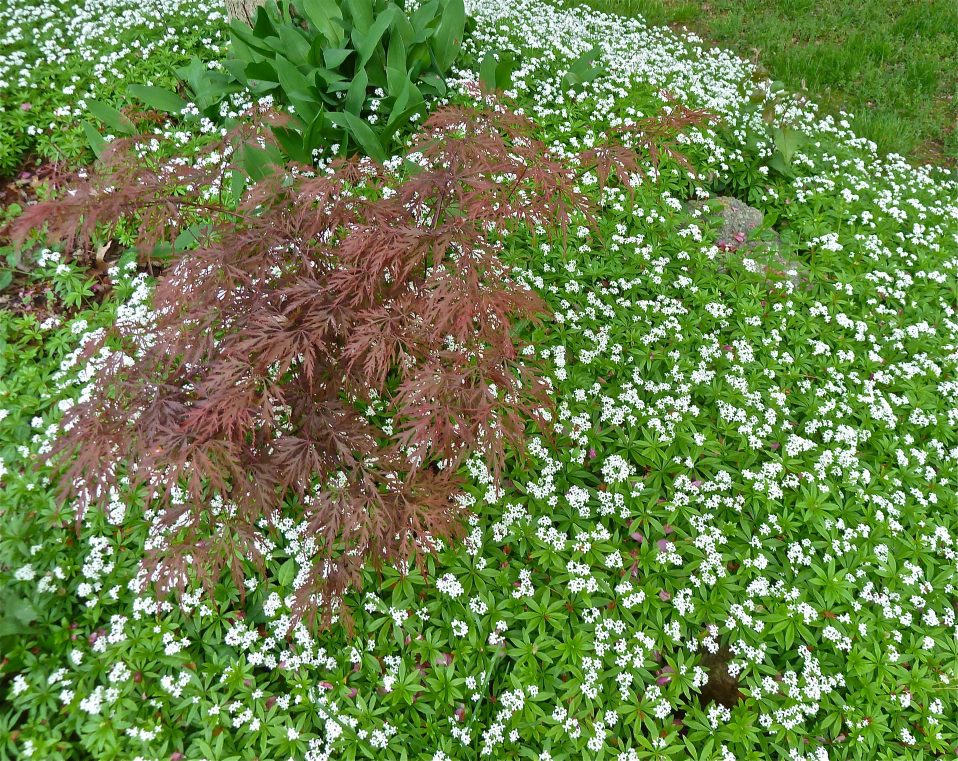When it comes to organizing plants and designing a landscape your customers will treasure for years to come, it’s true that a lot of thought must go into the planning.
Understanding and implementing techniques such as massing, grouping and repeating patterns can help add depth and dimension to an area, and it can also help bring out certain attributes of the landscape that may have otherwise gone unnoticed.
Take a look at a few tips we’ve compiled to help you better understand why these particular techniques and ones similar to them help bring out the best of a landscape.
Massing/grouping
When choosing the option of massing/grouping for a landscape, it simply means that you will take one type of plant and mass it into one big group or section. Massing has been used for ages to achieve well put together looks in lawns.
When you plant a large group of one plant type tightly together, you are able to achieve a good visual impact, and it also works to balance and proportion out the landscape. If plants aren’t massed together, it can sometimes be difficult to achieve this same aesthetic impact with plants scattered in little groups here and there.
When plants are massed together, it helps create texture, form, larger pops of color and it can reduce maintenance in some situations. Plus, when comparing the landscape to surrounding features like houses, large trees and other buildings, massing the plants together can help them stand out from their competition.
But how many plants do you need in an area to consider it massed? To start off, planting about six should suffice; after that, the choice is really up to your customers. When working with grasses, woody shrubs, sturdier perennials, groundcovers and sometimes annuals, this technique will work well, and you can even consider grouping five or so planted pots together to achieve the same look.
Plants such as hydrangeas, catmint, ferns and black-eyed Susans group very well together and can either provide a dramatic pop of color or a tantalizing patch of green, depending on your customer’s preference.
Repetition and patterns
Repetition is one of the key principles of landscape design. Repetition is sometimes the repeated use of elements or features that create sequences or patterns in the landscape, and it can also be used simply by using repetition with the same color, form or texture throughout the area.
Consider repeating colors, forms, lines and textures throughout the landscape to create a unique rhythm in the area. To do this, first, take time to consider the natural way your eye focusses on objects that are a distance away. Eyes are drawn to areas with symmetry, and when items are grouped in threes, fives and sevens, the eyes tend to be drawn to them more.
Using the same plant over and over again in a landscape is a simple method of repetition, and using the same series of pots, arches and more elements like that throughout can also be considered simple repetition. A third easy method of repetition is using a group of similar features that differ slightly in color, size or texture.
Whether it’s taking advantage of repeating stepping stones, stone structures, baskets, planters and more, don’t be afraid to use the repetition of items and hardscapes to your advantage. The repetitions don’t have to be saved for just the green elements.
When considering what look to go for in your customer’s yard, take note of how some plants naturally form patterns when left to their own devices. They will mix and mingle, grow over each other and spread out naturally, so don’t be afraid to let things become a little wild when it comes to design.
Patterns are most commonly created by using layers and repetition, and layers can occur both vertically with height variation and horizontally with plant masses along the ground.
By taking advantage of repetition, patterns can be created, and when organizing the plants, always remember that the first step is to create the horizontal and vertical layers before the repeating patterns.
Vertical layers take place at the ground level and include turf and lower plants that grow about 6 inches high. These plants cover the soil and can serve as the composition baseline. In the foreground layers, plants will usually be about 6 inches to 2 feet tall. When massed together, these smaller plants can work to form the edge of plant beds to serve as the transition to larger plants. The midground layer is the next and consists of plants from 2 to 5 feet tall. These plants will take up most of the space and can serve several functions, such as creating special definition, creating color and texture and more. The last and tallest layer features the background plants and consists of trees and larger shrubs. These are often used to block views or provide shade.
Horizontal layers are considered the plant masses that interlock and overlap from the plant bed’s front and run to the back of the bed along the ground. Any plant masses here should vary in depth across the front of the bed, just like the height should vary along the top of the plants. Overall, it’s good to stick to two simple rules when it comes to creating horizontal layers: space the individual plants enough so they don’t touch each other once they’ve completely grown and overlap the masses to connect them and make them flow with no space between them. Be sure to keep large gaps and open areas from appearing between the masses, as any voids will attract more attention and distract from the overall look you’re wanting to create.
The article was originally seen at https://www.totallandscapecare.com/landscaping/mass-group-repeat-organizing-plants-to-your-advantage/







Post a comment